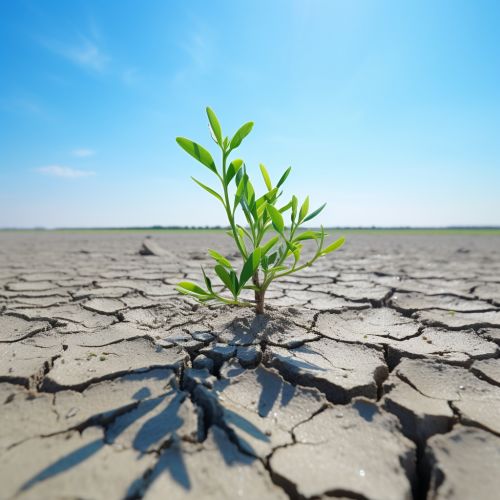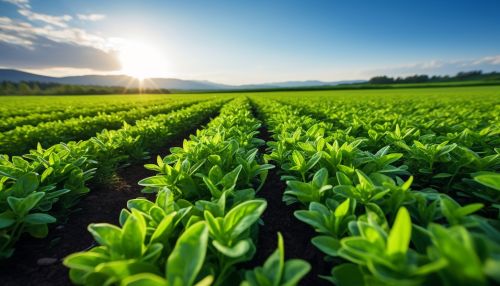The Biological Mechanisms of Plant Stress Response
Introduction
Plants, like all living organisms, are subjected to a variety of environmental stresses. These stresses can be biotic, such as pathogen attack, or abiotic, including drought, salinity, and extreme temperatures. The biological mechanisms of plant stress response are complex and multifaceted, involving a range of molecular, cellular, and physiological processes. This article delves into the intricate details of these mechanisms, providing an in-depth understanding of how plants respond to stress.


Biotic Stress Response
Pathogen Recognition and Signal Transduction
The first line of defense in plants against biotic stress is the recognition of the pathogen. Plants have evolved a sophisticated system of pathogen recognition receptors (PRRs) that can identify specific molecular patterns associated with pathogens, known as pathogen-associated molecular patterns (PAMPs). This recognition initiates a signaling cascade, leading to the activation of defense responses.


Hypersensitive Response
One of the primary defense mechanisms against pathogen attack is the hypersensitive response (HR). This involves the rapid, localized death of cells around the infection site, effectively limiting the spread of the pathogen. The HR is often associated with the production of reactive oxygen species (ROS), which can directly kill pathogens and signal for further defense responses.
Systemic Acquired Resistance
Systemic acquired resistance (SAR) is a "whole-plant" resistance response that occurs following an initial localized infection. SAR involves the production of signaling molecules, such as salicylic acid, which travel through the plant to activate defense responses in distant, uninfected tissues. This provides long-lasting, broad-spectrum resistance to a range of pathogens.
Abiotic Stress Response
Drought Stress Response
Drought is one of the most significant abiotic stresses affecting plant growth and productivity. Plants respond to drought stress through a variety of mechanisms, including stomatal closure to reduce water loss, root growth towards water sources, and the production of osmoprotectants to maintain cell turgor pressure.


Temperature Stress Response
Plants are subjected to temperature stresses, both high (heat) and low (cold), which can affect their growth and development. Plants respond to temperature stress through changes in membrane fluidity, protein structure, and gene expression. For example, the expression of heat shock proteins (HSPs) increases in response to heat stress, helping to protect proteins from denaturation.
Salinity Stress Response
High soil salinity is a major abiotic stress that can severely impact plant growth and productivity. Plants respond to salinity stress through a variety of mechanisms, including the exclusion of salt from uptake, sequestration of salt into vacuoles, and the synthesis of compatible solutes to maintain osmotic balance.


Hormonal Regulation of Stress Response
Plant hormones play a crucial role in the regulation of stress responses. These include abscisic acid (ABA), which is involved in responses to drought and salinity stress, salicylic acid (SA), which is involved in pathogen defense and systemic acquired resistance, and jasmonic acid (JA), which is involved in responses to wounding and insect attack.


Conclusion
Understanding the biological mechanisms of plant stress response is crucial for improving crop resilience and productivity in the face of increasing environmental challenges. While significant progress has been made in this field, much remains to be discovered about the intricate details of these mechanisms and how they can be manipulated for agricultural benefit.


